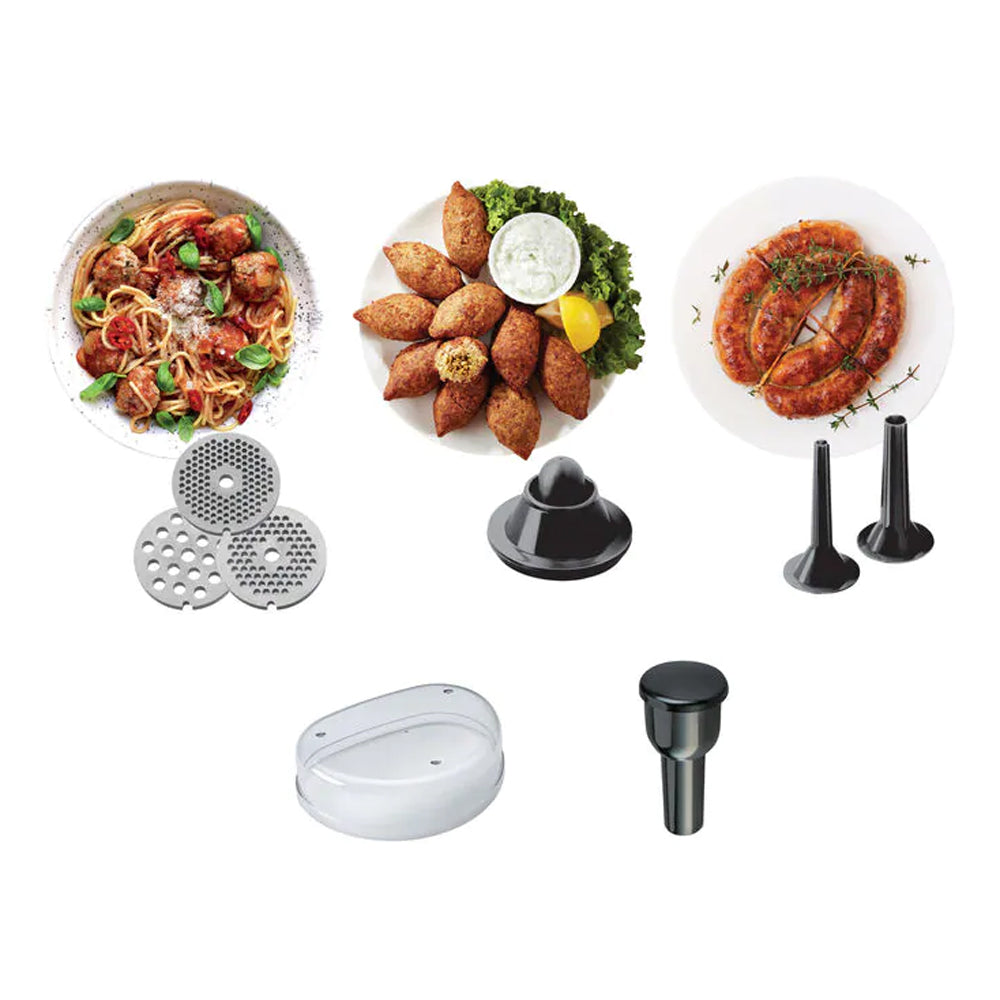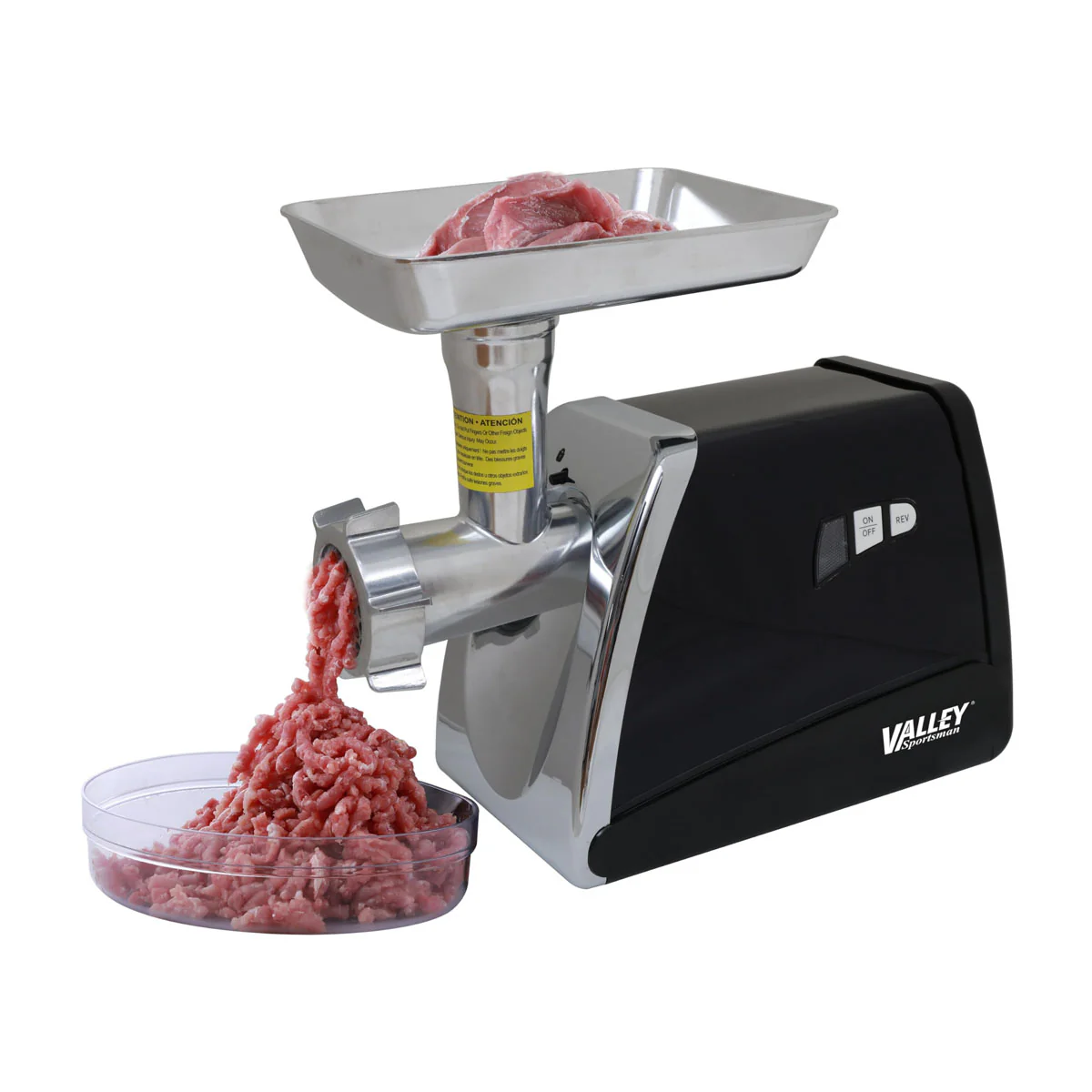Ever bite into a homemade sausage and think, “Well, that’s… okay”? Maybe it was a bit dry, a little crumbly, or just lacked that juicy, satisfying snap you were dreaming of. I’ve been there. My first attempt at homemade Italian sausage was a lesson in humility. The flavor was there, but the texture was all wrong. The secret, I soon learned, wasn’t in some mystical spice blend. It was in answering one fundamental question: What Is The Best Cut Of Pork For Sausage? Get this right, and you’re 90% of the way to sausage perfection.
Forget the pre-ground mystery meat from the supermarket. Today, we’re diving deep into the world of pork to uncover the cuts that will transform your sausage-making game from amateur to artisan. This isn’t just about grinding meat; it’s about crafting flavor, perfecting texture, and creating something truly special in your own kitchen. Ready to make the best sausage of your life? Let’s get to it.
Why the Pork Cut is Your Sausage’s Secret Weapon
Before we name the champion, let’s talk about the why. You can’t just grab any old pork chop and expect magical results. The perfect sausage is a beautiful marriage of lean meat and luscious fat. It’s a delicate balance.
- Lean Meat: This provides the primary flavor and the structural “bite” of the sausage. It’s the protein foundation.
- Fat: This is where the magic happens. Fat equals flavor, moisture, and a tender mouthfeel. Without enough fat, you get a dry, dense, and frankly, disappointing sausage.
The ideal ratio for most pork sausages is somewhere between 70-80% lean meat to 20-30% fat. This is the sweet spot that ensures your sausage is juicy and flavorful without being greasy. Finding a single cut of meat that naturally hits this ratio is the holy grail for sausage makers.
The Undisputed Champion: The Pork Shoulder (Boston Butt)
If you ask ten different butchers what is the best cut of pork for sausage, nine of them will give you the same answer without hesitation: the pork shoulder. And that tenth one is probably just trying to be different.
Often sold under the name “Boston butt,” this cut is, hands down, the gold standard for sausage making. It’s like it was designed by nature for this very purpose. Let’s break down why it’s the undisputed king.
The All-in-One Sausage Kit
Pork shoulder comes from the upper part of the pig’s front leg. It’s a hard-working muscle, which means it’s packed with flavor. But the real beauty is its composition. It has a fantastic, naturally occurring fat-to-lean ratio, often landing right in that perfect 20-30% fat range.
You’ll see glorious seams of intramuscular fat (marbling) running through the rich, red meat. This isn’t just a slab of lean with a fat cap on top; the fat is woven throughout the muscle. When you grind it, that fat gets evenly distributed, ensuring every single bite of your sausage is succulent and moist.
Expert Tip from Chef David Wilson: “Don’t trim too much fat off your pork shoulder before grinding. That beautiful fat is what will render down during cooking, basting the meat from the inside out. Trust the cut; it knows what it’s doing.”
Beyond the fat, pork shoulder also contains a good amount of collagen. During the slow cooking process (like poaching or smoking sausages), this collagen breaks down into gelatin, adding an extra layer of moisture and a wonderfully rich mouthfeel that you just can’t get from leaner cuts.
Honorable Mention: The Picnic Shoulder
Slightly below the Boston butt on the pig’s leg is the picnic shoulder (or picnic ham). It’s also a great option and very similar in composition. It can sometimes be a little leaner and might have more skin and bone to work around, but it’s still a fantastic and often more economical choice. If you can’t find a Boston butt, a picnic shoulder is an excellent substitute. You might just need to be a little more mindful of the final fat percentage.
The Most Important Supporting Actor: Pure Pork Fat
What if you have a cut that’s a bit too lean, or you just want to take your sausage to the next level of decadence? You need to add pure, unadulterated fat. And not just any fat will do.
The best choice is pork fatback. This is the hard, clean-tasting fat that comes from the back of the pig. It has a high melting point, which means it holds its structure better during grinding and cooking, creating distinct little pockets of juicy flavor in your finished sausage.
Avoid using soft, visceral fat from around the organs. It can have an “off” flavor and a greasy texture that you don’t want. Stick with firm, white fatback. I like to buy a pound of it, cube it up, and keep it in the freezer. That way, I can easily add a handful to any grind to get my ratio just right.
Cuts to Avoid for Sausage Making (And Why)
Knowing what not to use is just as important. Using the wrong cut is the fastest way to sausage disappointment.
- Pork Loin/Tenderloin: Stay away! These cuts are far too lean. They are prized for their tenderness in quick-cooking applications like grilling or pan-searing, but that lack of fat and connective tissue will produce a sausage that is tragically dry and mealy. Save the tenderloin for a special dinner, not the grinder.
- Pork Chops: Essentially just slices of the loin, so the same rules apply. Too lean, not enough flavor, wrong texture.
- Belly: While pork belly has plenty of fat, the ratio is often too high, and the meat-to-fat layers can create a strange texture when ground for certain types of sausage. However, it can be a fantastic addition in small quantities to a leaner grind to boost the fat content, especially for things like bacon sausage.
A Practical Guide to Grinding Your Pork for Sausage
So you’ve secured the perfect pork shoulder. Now what? Getting a great grind is key to the final texture. My first time using my meat grinder, I made the classic mistake of not chilling my equipment. The result was a smeared, pasty mess. Don’t be like me.
Follow these steps for a perfect, professional-quality grind every time.
- Cube Your Meat and Fat: Cut your pork shoulder and any additional fatback into uniform, 1-inch cubes. This makes it easier for the grinder to do its job.
- Chill Everything. No, Seriously, Everything. This is the most important step. Place your cubed meat and fat on a baking sheet and put it in the freezer for 15-20 minutes. You want it to be very firm but not frozen solid. At the same time, place your grinder’s head, auger, blade, and grinding plate in the freezer. Cold equipment and cold meat prevent the fat from smearing.
- Assemble and Grind: Assemble your chilled grinder. Place a chilled bowl under the output to catch the meat.
- The First Grind (Coarse): Pass the chilled pork cubes through the grinder using a coarse grinding plate (e.g., 10mm or 3/8″). This initial grind breaks down the meat and fat.
- Mix Your Seasonings: Now is the time to add your salt, spices, and any liquid. Gently mix them into the coarsely ground pork with your hands until just combined. Over-mixing can make the final sausage tough.
- The Second Grind (Optional, for Finer Texture): For a finer, more uniform sausage (like a hot dog or bratwurst), swap to a finer grinding plate (e.g., 4.5mm or 3/16″) and pass the seasoned mixture through the grinder a second time. This creates a better bind and a classic sausage texture. For a rustic, chunky sausage, you can skip this step.
Once ground, your sausage meat is ready to be stuffed into casings or formed into patties.
Frequently Asked Questions (FAQ)
Q: What is the best cut of pork for sausage if I can’t find pork shoulder?
A: The pork picnic shoulder is your next best bet. If neither is available, you could use a boneless pork leg (fresh ham), but you will almost certainly need to add extra fat, like fatback, to reach the ideal 20-30% fat ratio.
Q: Can I use pre-ground pork from the store?
A: You can, but it’s not ideal. You have no control over the cut of meat used, the fat-to-lean ratio, or the coarseness of the grind. Grinding your own is the only way to guarantee a high-quality, fresh product and is a key benefit of owning a good meat grinder.
Q: What is the ideal fat percentage for pork sausage?
A: The sweet spot for most types of pork sausage is between 20% and 30% fat by weight. For leaner sausages like chicken or turkey, you might go as low as 15%, but for pork, 20-30% ensures a juicy, flavorful result.
Q: Do I need to remove the skin from the pork shoulder?
A: Yes, absolutely. You should remove the skin and any excess “silverskin” (the thin, shimmery membrane) before cubing and grinding. The skin is too tough and will not grind properly.
Q: How do I know how much fat is in my pork shoulder?
A: It’s mostly a judgment call based on visual inspection. A well-marbled Boston butt is often very close to a 75/25 or 80/20 ratio naturally. If it looks particularly lean, it’s always a good idea to have some extra fatback on hand to add to the mix.
The Final Word on Your Sausage Journey
The quest for the perfect homemade sausage begins long before you plug in your grinder or mix in your spices. It begins at the butcher counter. By understanding what is the best cut of pork for sausage—the glorious, versatile, and perfectly balanced pork shoulder—you are setting yourself up for success.
Grinding your own meat is a game-changer. It gives you complete control over quality, flavor, and texture. It connects you to your food in a way that buying a plastic-wrapped package never can. Now that you know the secret to a juicy, flavorful sausage lies in the right cut of meat, the possibilities are endless. So go forth, grind with confidence, and start crafting the best sausage you’ve ever tasted. Your taste buds will thank you.